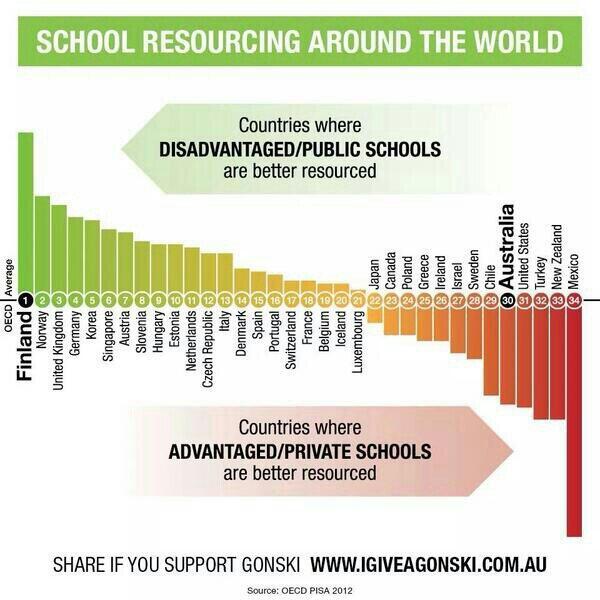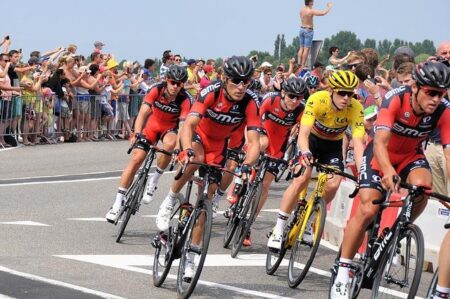Government funding allocated to private schools in France has sparked ongoing debate about its impact on educational equity. Despite substantial public investment, critics argue that financial support has done little to bridge the gap between socio-economic groups or level the playing field across the country’s diverse schooling system. A recent report by PBS highlights that the infusion of public money into private institutions has not translated into greater fairness or access, raising questions about the effectiveness of this policy in promoting equal opportunities for all students.
Public Funding for Private Schools in France Fails to Bridge Educational Gaps
Despite the French government allocating substantial public funds to support private educational institutions, the expected reduction in educational disparities remains elusive. Critics argue that this financial assistance primarily benefits families already in more advantaged socio-economic positions, leading to a reinforcement rather than a reduction of inequalities. The majority of these private schools, many with religious affiliations, predominantly serve students from middle to upper-class backgrounds, limiting access for those from underserved communities.
Recent data illustrate the persistent divide:
- Enrollment rates: Private schools maintain higher enrollment from privileged demographics.
- Academic outcomes: Performance gaps between public and private institutions remain significant.
- Funding allocation: Public funds are disproportionately channeled to well-established private schools rather than innovative public schooling methods.
| Funding Type | Public Schools | Private Schools |
|---|---|---|
| Total Funding (EUR billions) | 45 | 12 |
| Average Funding per Student (EUR) | 7,500 | 11,000 |
| Socio-Economic Diversity Index | 75% | 42% |
Unequal Access Persists Despite Government Investments in Private Education
Despite significant government funding aimed at integrating private schools into the broader public education framework, disparities in access remain stark. Families with greater financial resources continue to dominate enrollment in many prestigious private institutions, effectively sidelining students from lower socioeconomic backgrounds. This uneven distribution not only undermines the principles of equal opportunity but also perpetuates a dual system where socio-economic status heavily influences educational pathways.
- Funding Distribution: Majority of investment flows to well-established private schools with selective admissions.
- Access Barriers: High tuition fees and limited scholarship programs restrict entry for disadvantaged students.
- Social Segregation: Resulting in classrooms that reflect economic divides rather than inclusive diversity.
| Funding Source | Allocated Amount (€ Millions) | Number of Students Benefited | Equity Impact Score* |
|---|---|---|---|
| National Education Ministry | 450 | 120,000 | 3/10 |
| Local Governments | 220 | 50,000 | 4/10 |
| Private Endowments | 130 | 30,000 | 2/10 |
| *Equity Impact Score measures improvement in access for disadvantaged students (1-10 scale) | |||
Socioeconomic Disparities Remain Entrenched in French Schooling System
Despite ongoing government funding directed toward private schools, socioeconomic disparities continue to shape educational outcomes in France. Public subsidies intended to promote equal opportunity have not diminished the stark divisions between affluent and disadvantaged communities. Data shows that students from low-income families still face significant barriers to accessing quality education, with many private institutions maintaining admission practices and support systems that favor more privileged backgrounds. The persistence of these gaps calls into question the effectiveness of current policies aiming to integrate public and private educational sectors.
Key factors that perpetuate inequality include:
- Unequal resource allocation: Funding disparities often result in better facilities and extracurricular opportunities for wealthier students.
- Segregation by social class: Private schools tend to enroll a higher proportion of students from privileged families, limiting social mobility.
- Lack of tailored support: Students from disadvantaged backgrounds receive less targeted academic assistance, affecting their long-term success.
| Indicator | Public Schools | Private Schools |
|---|---|---|
| Percentage of low-income students | 40% | 15% |
| Average class size | 28 | 22 |
| Extracurricular funding | Moderate | High |
Experts Call for Policy Reforms to Ensure Fairer Distribution of Educational Resources
Leading education specialists have raised alarms over the current funding model that channels significant public money into private schools in France, arguing it has failed to close the equity gap in educational opportunities. According to a recent report by PBS, the influx of government subsidies to private institutions has disproportionately favored already advantaged communities, inadvertently deepening inequalities rather than alleviating them. Experts emphasize the need to redirect investments to underfunded public schools, ensuring that resources such as qualified teachers, modern facilities, and learning materials reach the most underserved pupils.
Key reforms proposed include:
- Reallocating subsidies based on socio-economic indicators rather than school type
- Establishing transparent metrics to measure equity outcomes in education
- Increasing public oversight and accountability in private school funding
- Promoting inclusive policies that support diverse and disadvantaged student populations
| Funding Approach | Equity Outcome | Priority Areas |
|---|---|---|
| Uniform Allocation | Limited impact on disadvantaged groups | Infrastructure upgrade |
| Needs-Based Funding | Improved access and opportunities | Teacher recruitment, learning materials |
| Performance-Linked Support | Mixed results, potential for unintended bias | Student achievement programs |
The Way Forward
In sum, the ongoing debate over public funding for private schools in France underscores broader challenges in addressing educational inequality. Despite government efforts to allocate public resources to private institutions, critics argue that these measures have not succeeded in promoting true equity within the French education system. As policymakers continue to grapple with ways to ensure fair access and quality education for all students, the experience highlighted by PBS serves as a poignant reminder that financial support alone may not be enough to bridge deep-rooted disparities. The road to educational equity in France remains complex, demanding nuanced solutions beyond funding considerations.




